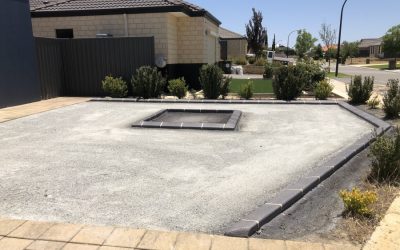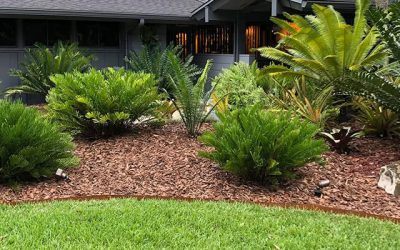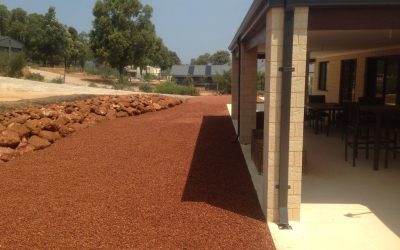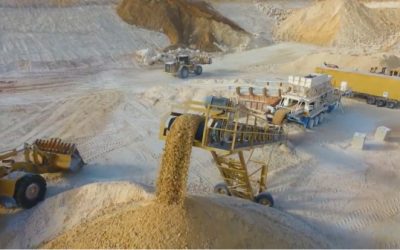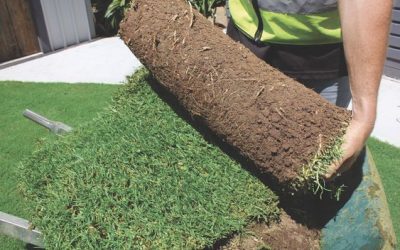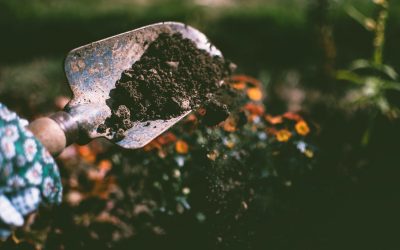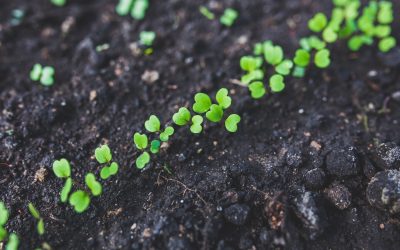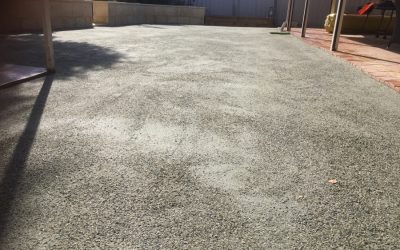How Much Soil Do I Need for My Garden?
One of the first questions you need to ask yourself is, how much soil do I need for my garden? Whether you are redoing an existing one or putting in a new garden — consider how much soil you need.
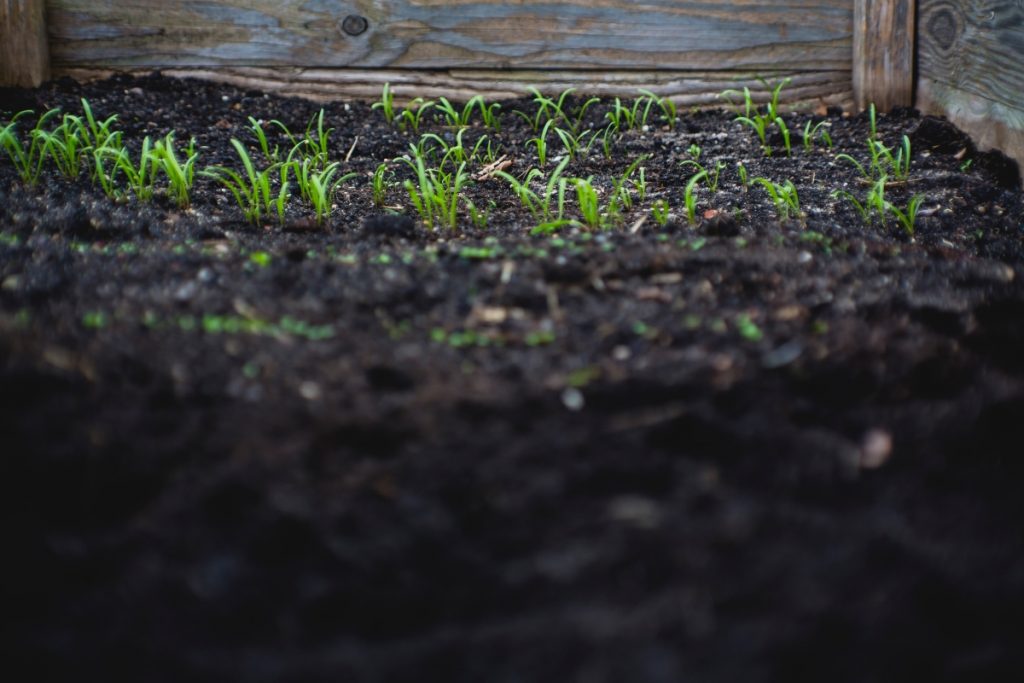
Preparing a bed for your plants or lawn is a very important job, one that amateur gardeners and novices may struggle to get right for their plants. It can be detrimental for your garden to have too much or too little.
Whether you want a regular garden or one with a raised bed, the right amount of soil will help the plants sustain healthy growth. Our soil calculator can help you quickly identify your soil needs based on your plants and your backyard’s size.
However, it is important to know how these calculations work to stay on top of things. The following terms and definitions will help you understand your soil requirements better.
Measuring The Area For Your Soil
If you have an area suitable for a vegetable garden, you’re going to need to measure it out as accurately as possible. Square or rectangular gardens are pretty easy to calculate the square metre, but a circular area might be a little difficult. Regardless, measure the area as accurately as possible.

A X B X Depth = M3
If you think that this is confusing or have a plant bed with a different shape, you can talk to the garden experts of Eco Landscape Supply for assistance. You can use our soil calculator to help you accurately calculate the soil you need.
Measuring The Depth For Your Soil
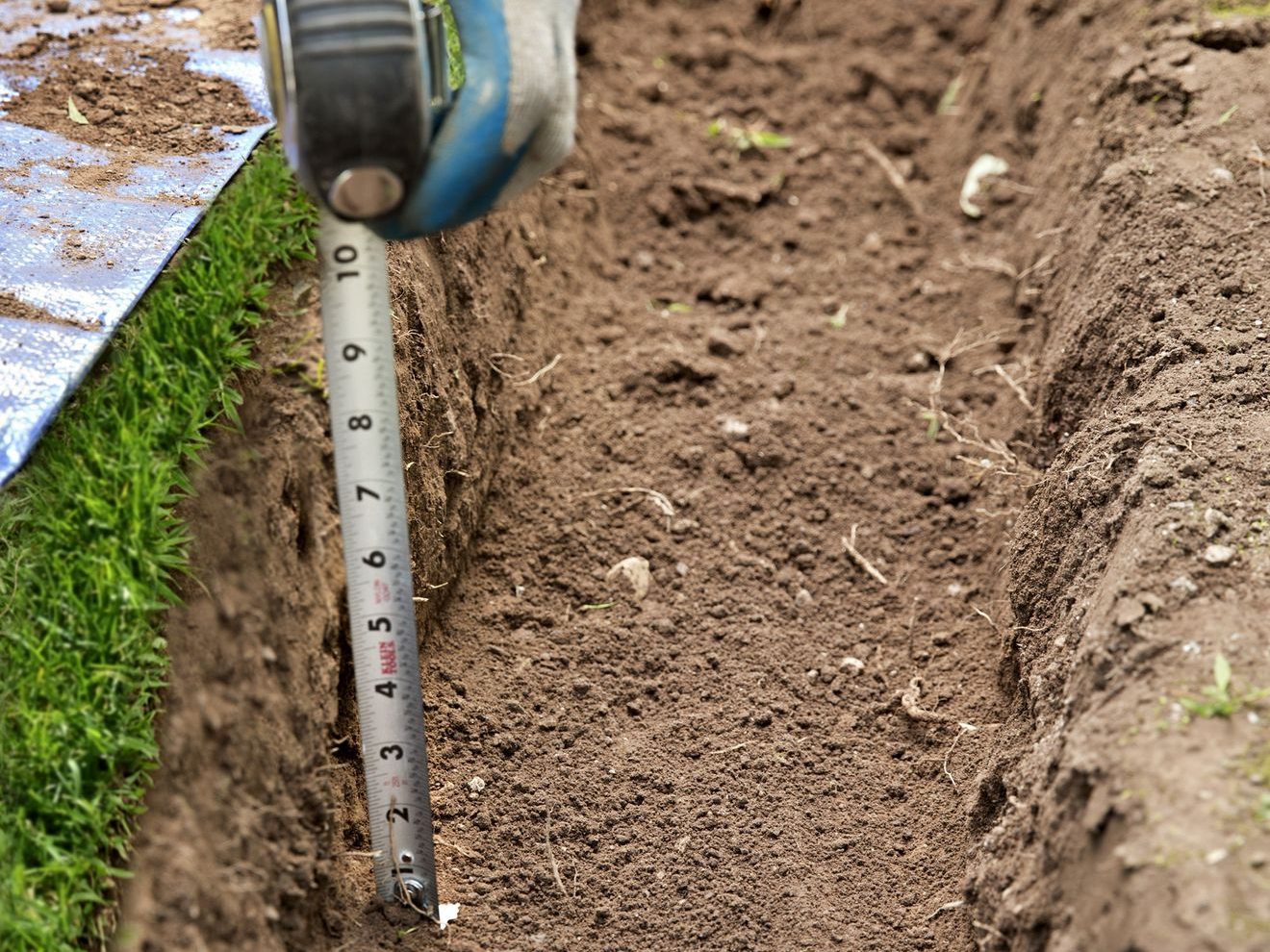
Based on the plants you want, the depth of the soil will vary. Most vegetable plants require a soil depth of 15-20 centimetres. This rule of thumb will be accurate regardless of whether you want an elevated bed or planter box.
However, there are a few exceptions. If you want to plant cabbage, it should get at least 25 centimetres of depth. Carrot, pepper, and tomato go even deeper – 30 centimetres at a minimum.
When it comes to flowers with large bulbs, the bulbs should be planted at least 20 centimetres deep and should need another 15 centimetres in the bottom. This means that your elevated bed or planter box should be 35 centimetres at a minimum. If the plant has a smaller bulb, planting it 10 centimetres deep would be fine.
Calculating How Much Soil You Need
You can multiply the area with the depth required to get the total quantity of soil required in cubic metres or cubic centimetres. Importantly, when multiplying, convert all measurements to one unit – either metres or centimetres – this will help you get an accurate calculation.
However, we suggest to covert the units to metres as Eco Landscape Supply lists soils in cubic metres.
If you need some help with your calculations, here is an example you can follow:
If you have a rectangular bed of 10 metres in length and 4 metres of width, and you want to cultivate carrots, you would make the following calculations:
Length = 10 metres
Width = 4 metres
Depth for carrots = 0.3 metres – converting to metres for consistency
Volume or quantity of soil required = 10 × 4 × 0.3
= 12 cubic metres
To make soil buying more convenient, Eco Landscape Supply has listed the soils’ prices in cubic metres. You can multiply with your soil requirement to get the total cost.
You can use our hassle-free soil calculator to get your soil requirement without calculating the numbers manually.
The Importance Of Depth
If you are new to gardening or have never calculated the amount of soil needed, understanding how much soil you need can be confusing.
All plants must have enough room, soil, to growly freely. Elevated beds and planter boxes can restrict the plant roots if you don’t consider how their roots grow. The roots absorb nutrients and water from the soil, which translates into the growth and development of plants.

Small and restricted roots absorb fewer nutrients and water from the soil, resulting in slowed and stunted growth of plants. Also, less soil volume contains fewer nutrients and hold less moisture. Especially in cities like Perth, where plants get an extreme climate, less soil volume can be a costly mistake.
Spacing Between Plants
Not just depth, but the spacing between plants is also crucial in their growth and development. For vegetables, it is good to provide 45 to 90 centimetres of space between each row. Plants with sprawling growth habit – pumpkins, cucumbers, and melons – need more space – 150 to 180 centimetres between rows.
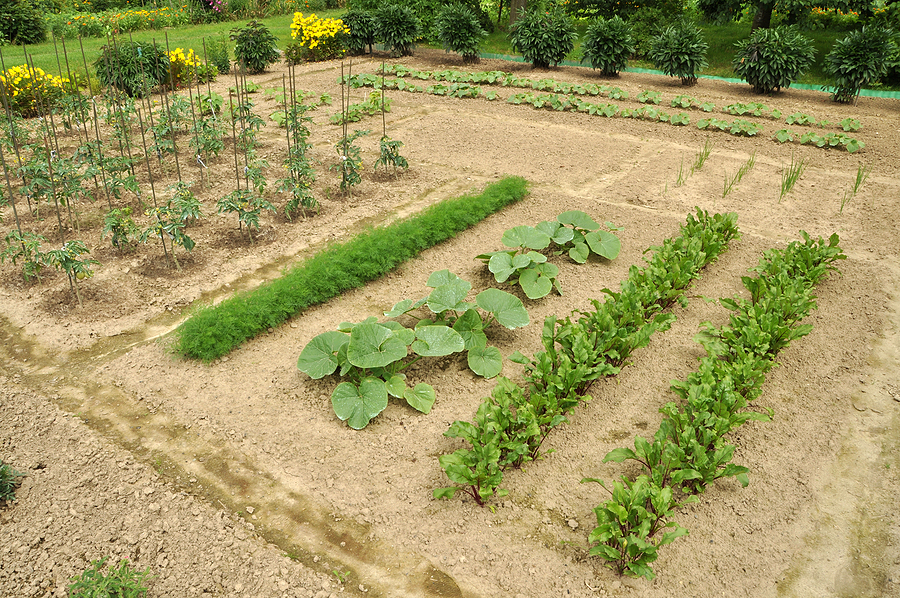
This spacing leaves ample area for your plants to grow and allow room for you to work in. If you have smaller plants like carrots, beets, onions, radishes, and pea plants, the spacing 8-10 centimetres are sufficient, provided you leave space for you to work in.
You should leave 45-60 centimetres for perennials and fall flowers 12-20 centimetres when it comes most other flowers. If your perennials are small, 15-30 centimetres can satisfy their needs.
Conclusion
Choosing the soil with the right composition is the critical success factor in ensuring your plants’ nutrients. Rather than getting topsoil, compost, potting mix, and organic fertilisers separately and mixing them, the blended soil from Eco Landscape Supply simplifies your job.
Specifically prepared for flowers, veggies, landscape, lawn, and more, the Eco Landscape Supply soil range can make your garden adventure a great success. Check your soil requirements with our soil calculator today.

